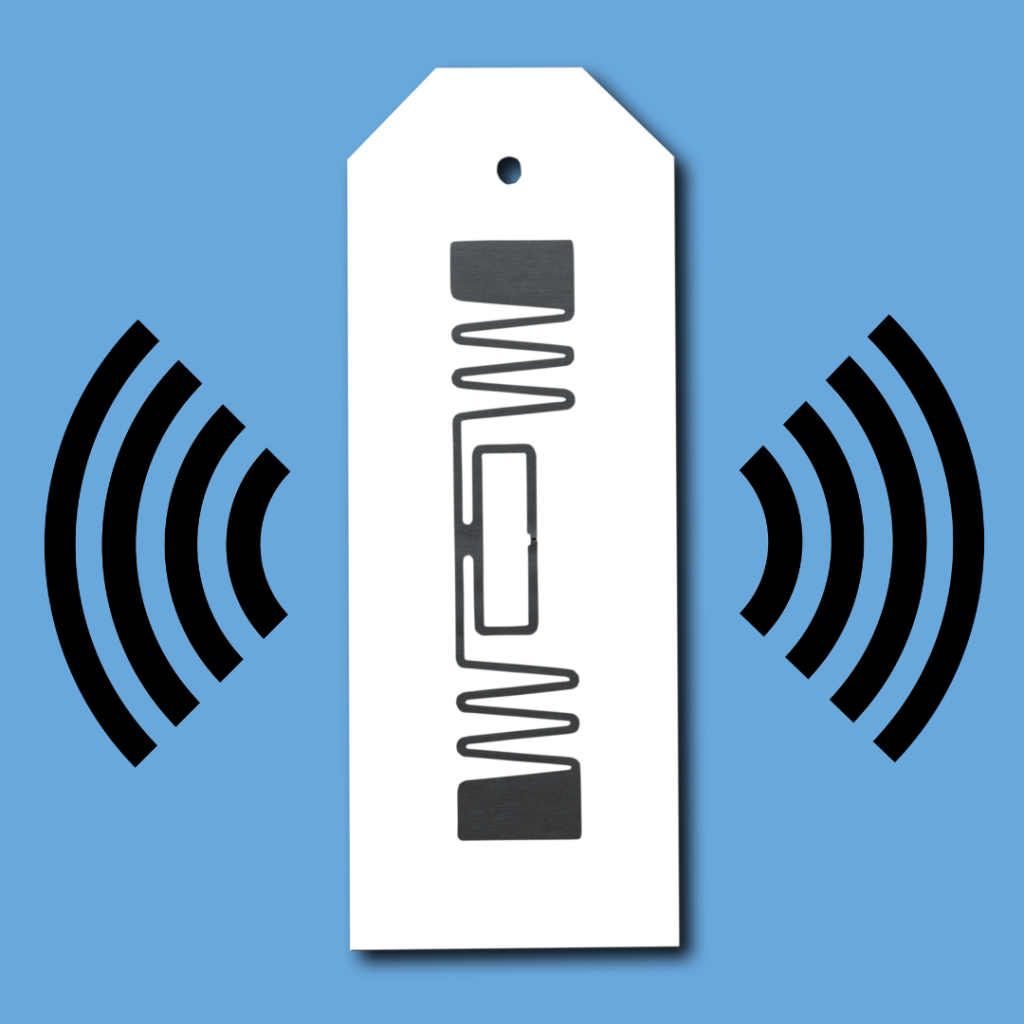If you are wondering “How far can a key fob be detected?”, you’re in luck, because that’s exactly what this blog post is about. Knowing the detection range of apartment key fobs helps you understand security, troubleshoot access problems, and choose sensible storage or protection methods. Below we explain the typical ranges and what affects them.
Short answer
For most apartment/condo key fobs (the common passive RFID or proximity fobs), the practical detection range is a few centimetres up to about 30 centimetres (roughly 1 foot). In everyday use you’ll usually present the fob within a few centimetres of the reader. Longer ranges (meters) are possible only with special UHF tags or purpose-built long-range systems — these are not the standard for building entry fobs. Check out “How to Use Apartment Key Fobs” for more information.
Why detection range varies
There isn’t a single fixed number because the range depends on several factors:
Type of fob/tag
- Low-frequency (LF, ~125 kHz) prox tags: usually a few centimetres.
- High-frequency (HF, 13.56 MHz / NFC) tags: typically work within a few centimetres (often 1–4 cm).
- Ultra-high-frequency (UHF) tags: can read at meters — used for vehicle parking or inventory, not standard apartment access.
Reader power and antenna
- Stronger readers and larger antennas can energize passive tags at greater distances.
- Reader tuning and placement (behind glass, behind metal, angle) change effective range.
Tag orientation and placement
- The way you hold or position the fob matters: flat and facing the reader is best. Angles or certain cases can reduce range.
Interference and environment
- Metal, glass coatings, other electronics, and crowded RF environments can weaken read distance.
- Weather doesn’t usually affect short-range fobs, but physical barriers do.
Tag condition and design
- Worn, cracked, or cheaply made fobs can have reduced range. Factory quality and antenna size make a difference.
Typical real-world numbers (practical)
Pocket/hand-range — the most common: 1–10 cm (0.4–4 in). You hold the fob near the reader or press it to the panel.
Maximum short-range — in ideal lab conditions with a big reader: up to ~30 cm (1 ft) for some prox types.
Long-range (parking or UHF systems) — 1–10+ meters — rare for apartment entry, used for vehicle tags and specialized access.
Security and privacy implications
Because most apartment fobs only work at very short distances, unauthorized remote scanning is unlikely in everyday public spaces.
That said, proximity attacks or cloning are possible with the right gear and intent — which is why quick action matters if a fob is lost or stolen. See ourrelated article: Lost Fobs: What to Do.
If you want to prevent accidental reads (e.g., while carrying multiple fobs or walking past a reader), consider an RFID-blocking sleeve. For a step by step DIY RFID protector check out our last article “Make Your Own Key Fob Blocker“.
How to test your fob’s range
- Hold the fob in front of your building reader and slowly move it away until it stops working.
- Repeat at different angles and orientations — the maximum point will change.
- Try the same test with the fob inside a wallet, pocket, or sleeve to see how everyday carry affects range.
This test gives you a realistic idea of how close you need to be to present the fob.
Practical advice
- Expect to present your apartment fob within a few centimetres of the panel.
- If a fob is unexpectedly readable at much greater distances, ask building management — it may be a different type of tag or a reader setting.
- If you lose a fob or suspect misuse, report it immediately so management can deactivate it. For steps to follow, see: Lost Fobs: What to Do
- If you carry multiple RFID items, use a simple blocker sleeve to avoid accidental reads.
Final thoughts: How Far Can a Key Fob Be Detected? (Apartment Fob Edition)
So, how far can a key fob be detected? — for apartment fobs the practical range is short: usually a few centimetres up to about 30 cm, depending on tag type, reader power, orientation, and interference. Longer ranges are possible but uncommon for building access systems.
If you want help testing a fob or need a backup made while your original still works, we can assist at MiniFob — and if you’re worried about security after a loss, act quickly and contact your building management.



Recent Comments